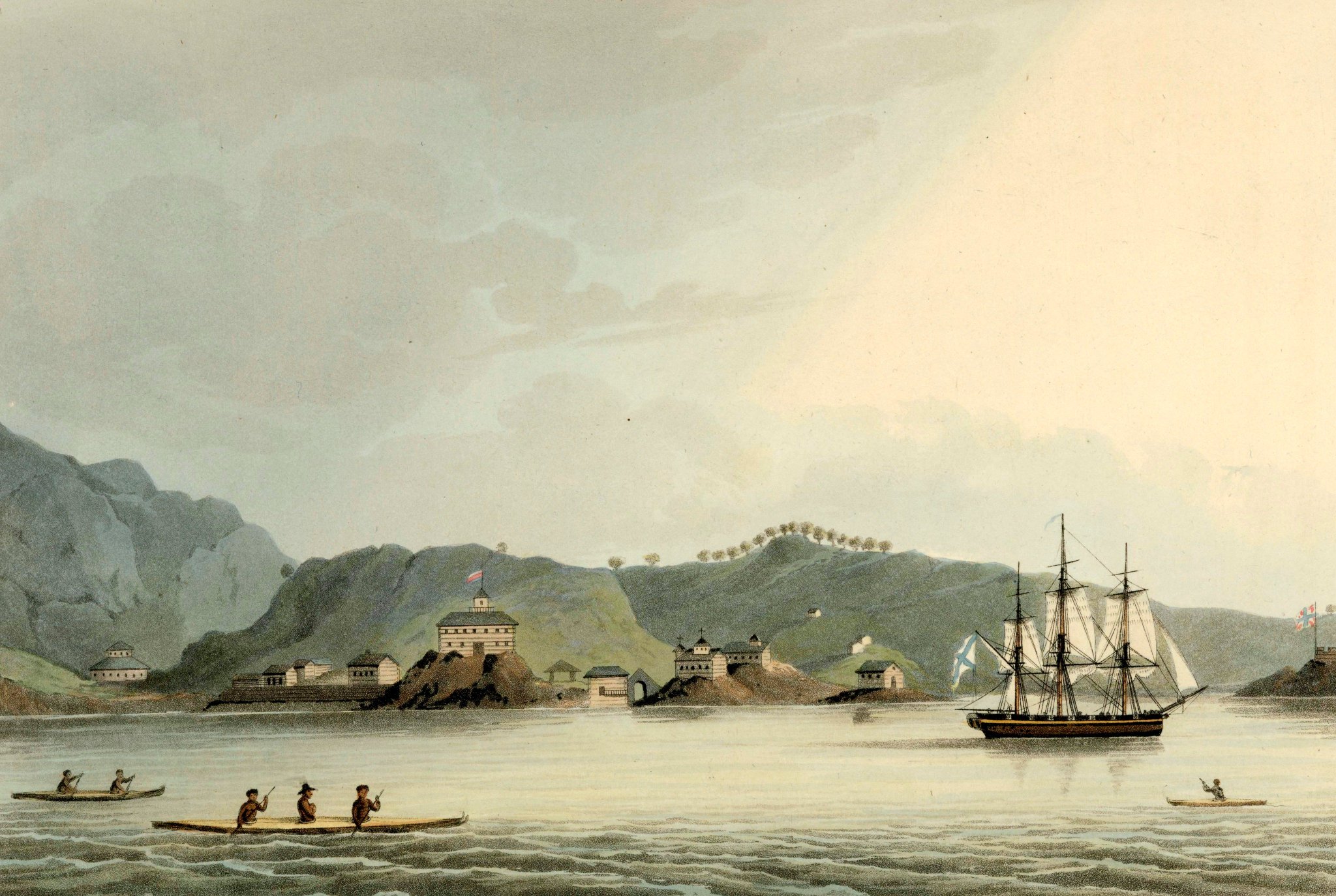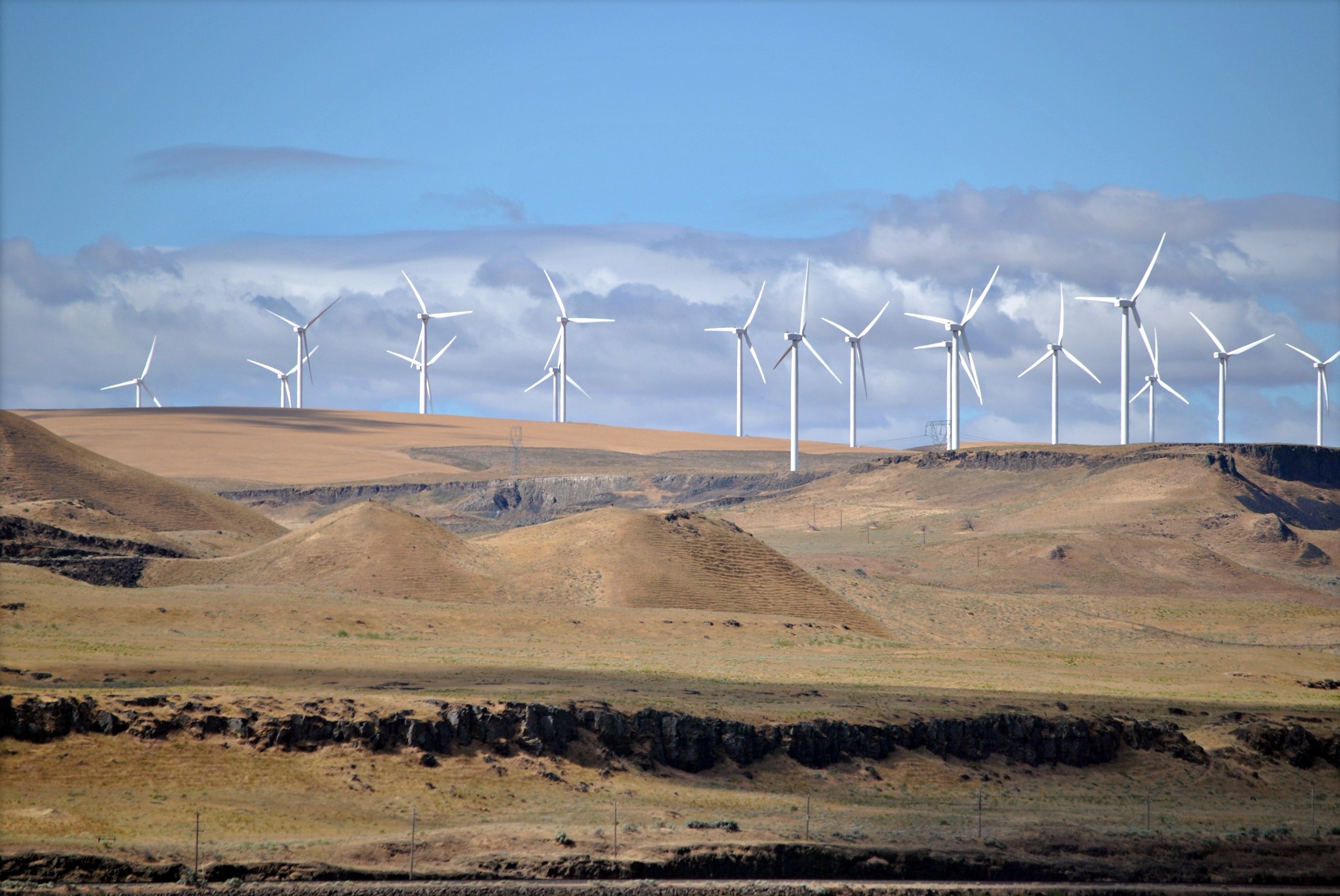|
Wind Power In Alaska
Wind power in Alaska has the potential to provide all of the electricity used in the U.S. state of Alaska. From its installation, in July 2009 through October 2012, the Pillar Mountain Wind 4.5 MW wind farm has saved the use of nearly of diesel fuel in Kodiak, Alaska. Potential production In early 2010, the National Renewable Energy Laboratory released the first comprehensive update of wind energy potential by state since 1993, showing that Alaska has the potential to install 494,700 MW of wind power, capable of generating 1,620,000 million kWh/year. Alaska used 6,291 million kWh in 2011. Projects *Eva Creek Wind Project *Fire Island Wind Project *Pillar Mountain Wind Project Statistics The following is a table comparing the growth of wind power installed nameplate capacity in MW for Alaska and the entire United States by year from 1999 through 2019. See also *Solar power in Alaska *Wind power in the United States *Renewable energy in the United States According ... [...More Info...] [...Related Items...] OR: [Wikipedia] [Google] [Baidu] |
Alaska
Alaska ( ; russian: Аляска, Alyaska; ale, Alax̂sxax̂; ; ems, Alas'kaaq; Yup'ik: ''Alaskaq''; tli, Anáaski) is a state located in the Western United States on the northwest extremity of North America. A semi-exclave of the U.S., it borders the Canadian province of British Columbia and the Yukon territory to the east; it also shares a maritime border with the Russian Federation's Chukotka Autonomous Okrug to the west, just across the Bering Strait. To the north are the Chukchi and Beaufort Seas of the Arctic Ocean, while the Pacific Ocean lies to the south and southwest. Alaska is by far the largest U.S. state by area, comprising more total area than the next three largest states ( Texas, California, and Montana) combined. It represents the seventh-largest subnational division in the world. It is the third-least populous and the most sparsely populated state, but by far the continent's most populous territory located mostly north of the 60th paralle ... [...More Info...] [...Related Items...] OR: [Wikipedia] [Google] [Baidu] |
Kodiak, Alaska
Kodiak ( Alutiiq: , russian: Кадьяк), formerly Paul's Harbor, is the main city and one of seven communities on Kodiak Island in Kodiak Island Borough, Alaska. All commercial transportation between the island's communities and the outside world goes through this city via ferryboat or airline. As of the 2020 census, the population of the city is 5,581, down from 6,130 in 2010. It is the tenth-largest city in Alaska. Originally inhabited by Alutiiq natives for over 7,000 years, the city was settled in the 18th century by the subjects of the Russian crown and became the capital of Russian Alaska. Russian harvesting of the area's sea otter pelts led to the near extinction of the animal in the following century and led to wars with and enslavement of the natives for over 150 years. The city has experienced two natural disasters in the last century: a volcanic ashfall from the 1912 eruption of Novarupta and a tsunami from the 1964 Alaska earthquake. After the Alaska Pur ... [...More Info...] [...Related Items...] OR: [Wikipedia] [Google] [Baidu] |
Alaska Wind Resource 50m 800
Alaska ( ; russian: Аляска, Alyaska; ale, Alax̂sxax̂; ; ems, Alas'kaaq; Yup'ik: ''Alaskaq''; tli, Anáaski) is a state located in the Western United States on the northwest extremity of North America. A semi-exclave of the U.S., it borders the Canadian province of British Columbia and the Yukon territory to the east; it also shares a maritime border with the Russian Federation's Chukotka Autonomous Okrug to the west, just across the Bering Strait. To the north are the Chukchi and Beaufort Seas of the Arctic Ocean, while the Pacific Ocean lies to the south and southwest. Alaska is by far the largest U.S. state by area, comprising more total area than the next three largest states (Texas, California, and Montana) combined. It represents the seventh-largest subnational division in the world. It is the third-least populous and the most sparsely populated state, but by far the continent's most populous territory located mostly north of the 60th parallel, with ... [...More Info...] [...Related Items...] OR: [Wikipedia] [Google] [Baidu] |
National Renewable Energy Laboratory
The National Renewable Energy Laboratory (NREL) in the US specializes in the research and development of renewable energy, energy efficiency, energy systems integration, and sustainable transportation. NREL is a federally funded research and development center sponsored by the Department of Energy and operated by the Alliance for Sustainable Energy, a joint venture between MRIGlobal and Battelle. Located in Golden, Colorado, NREL is home to the National Center for Photovoltaics, the National Bioenergy Center, and the National Wind Technology Center. History The Solar Energy Research, Development and Demonstration Act of 1974 established the Solar Energy Research Institute, which opened in 1977 and was operated by MRIGlobal. Under the Jimmy Carter administration, its activities went beyond research and development in solar energy as it tried to popularize knowledge about already existing technologies, like passive solar. During the Ronald Reagan administration the ins ... [...More Info...] [...Related Items...] OR: [Wikipedia] [Google] [Baidu] |
Nameplate Capacity
Nameplate capacity, also known as the rated capacity, nominal capacity, installed capacity, or maximum effect, is the intended full-load sustained output of a facility such as a power station,Energy glossary ''''. Retrieved: 23 September 2010.Glossary '' Nuclear Regulatory Commission'', 2 August 2010. Retrieved: 23 September 2010. [...More Info...] [...Related Items...] OR: [Wikipedia] [Google] [Baidu] |
Megawatt
The watt (symbol: W) is the unit of power or radiant flux in the International System of Units (SI), equal to 1 joule per second or 1 kg⋅m2⋅s−3. It is used to quantify the rate of energy transfer. The watt is named after James Watt (1736–1819), an 18th-century Scottish inventor, mechanical engineer, and chemist who improved the Newcomen engine with his own steam engine in 1776. Watt's invention was fundamental for the Industrial Revolution. Overview When an object's velocity is held constant at one metre per second against a constant opposing force of one newton, the rate at which work is done is one watt. : \mathrm In terms of electromagnetism, one watt is the rate at which electrical work is performed when a current of one ampere (A) flows across an electrical potential difference of one volt (V), meaning the watt is equivalent to the volt-ampere (the latter unit, however, is used for a different quantity from the real power of an electrical ci ... [...More Info...] [...Related Items...] OR: [Wikipedia] [Google] [Baidu] |
Solar Power In Alaska
Solar power in Alaska has been primarily used in remote locations, such as the Nenana Teen Center near Fairbanks, where long summer days provide most of the electricity generated. In 2015, Alaska ranked 45th in installed solar among U.S. states. Rooftop solar panels could provide 23% of all electricity used in Alaska. Net metering is available for PV systems up to 25 kW but is limited to 1.5% of average demand. IREC best practices, based on experience, recommends no limits to net metering, individual or aggregate, and perpetual roll over of kWh credits. In 2011, Alaska's largest solar array was the 17.28 kW array installed on a building in Anchorage. A 12 kW solar array installed in Lime Village in July 2001 helped reduce electricity costs. Annual insolation and thus power production per capacity installed in Alaska is similar to central Europe, where Germany became a leader in worldwide solar power use in the years around 2010. Statistics See also * List of pow ... [...More Info...] [...Related Items...] OR: [Wikipedia] [Google] [Baidu] |
Wind Power In The United States
Wind power is a branch of the energy industry that has expanded quickly in the United States over the last several years. From January through December 2021, 379.8 terawatt-hours were generated by wind power, or 9.23% of electricity in the United States. The average wind turbine generates enough electricity in 46 minutes to power the average American home for one month. In 2019, wind power surpassed hydroelectric power as the largest renewable energy source in the U.S. As of January 2022, the total installed wind power nameplate generating capacity in the United States was 135,843 megawatts (MW). This capacity is exceeded only by China and the European Union. Thus far, wind power's largest growth in capacity was in 2020, when 16,913 MW of wind power was installed. Following behind it were 2021, during which 13,365 MW were installed, and 2012, which saw the addition of 11,895 MW, representing 26.5% of the new power capacity installed during that year. By September 2019, 19 ... [...More Info...] [...Related Items...] OR: [Wikipedia] [Google] [Baidu] |
Renewable Energy In The United States
According to preliminary data from the US Energy Information Administration, renewable energy accounted for about 12.6% of total primary energy consumption and about 19.8% of the domestically produced electricity in the United States in 2020. Since 2019, wind power has been the largest producer of renewable electricity in the country. Wind power generated 337.9 terawatt-hours of electricity in 2020, which accounted for 8.4% of the nation's total electricity generation and 43.2% of the total renewable electricity generation. By October 2021, the United States nameplate generating capacity for wind power was 129,256 megawatts (MW). Texas remained firmly established as the leader in wind power deployment, followed by Iowa and Oklahoma as of year end 2020. Hydroelectric power is the second-largest producer of renewable electricity in the country, generating around 7.3% of the nation's total electricity in 2020 as well as 36.4% of the total renewable electricity generation. ... [...More Info...] [...Related Items...] OR: [Wikipedia] [Google] [Baidu] |






